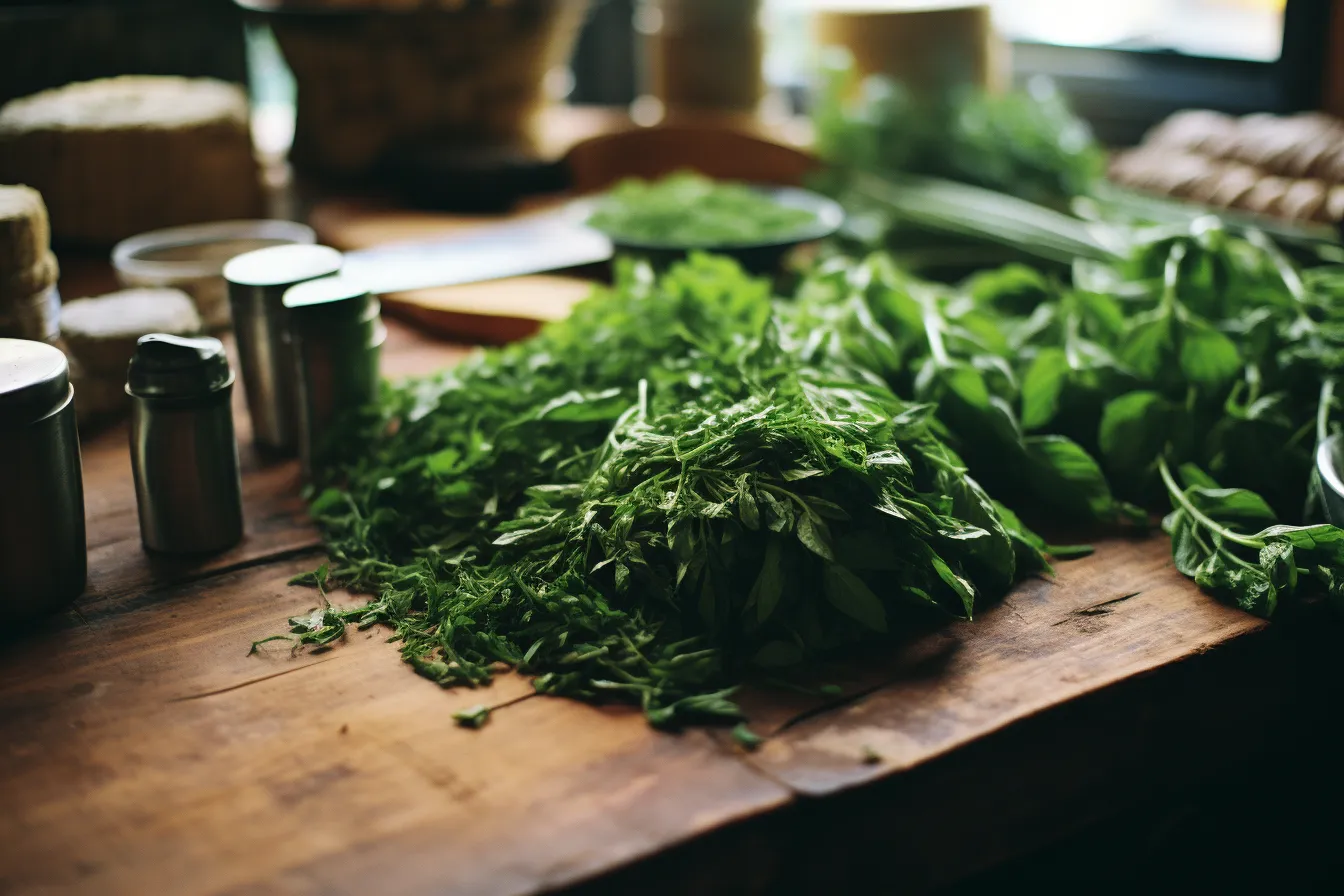Welcome to our in-depth article on the ongoing debate between paper and plastic grocery bags. In this piece, we will be exploring and comparing the environmental impact of these two commonly used materials. From their production to their disposal, we will uncover the advantages and disadvantages of each option. So grab a cup of coffee and join us as we dive into the world of grocery bags and their impact on our planet.
Production Process
The first aspect we’ll analyze is the production process of paper and plastic bags. Paper bags are typically made from trees, which are a renewable resource. However, the process of turning trees into bags requires large amounts of energy, water, and chemicals. On the other hand, plastic bags are primarily made from fossil fuels, a non-renewable resource. The production of plastic bags also involves significant energy consumption and the release of greenhouse gases.
Durability and Reusability
When it comes to durability, plastic bags tend to have the upper hand. Their water-resistant nature and ability to hold heavier items make them a popular choice for consumers. However, this durability can also be a disadvantage, as plastic bags take hundreds of years to decompose in landfills. On the other hand, paper bags are less durable, but they are biodegradable and can be recycled. Additionally, paper bags can serve other purposes after their primary use, such as compost or wrapping material.
Resource Consumption
Examining resource consumption, it is important to consider both the manufacturing and recycling processes. While plastic bags require fewer resources during production, they are often not recycled properly and contribute to pollution. Paper bags, on the other hand, can be recycled more efficiently; however, their production consumes more water and energy. It’s worth noting that both paper and plastic bags have made progress in terms of recycling efforts, with many retailers offering collection bins to encourage proper disposal.
Ecosystem Impact
Both paper and plastic bags have the potential to impact ecosystems. Paper bags, made from trees, require deforestation, which can lead to habitat destruction and loss of biodiversity. On the other hand, plastic bags, when not disposed of properly, can end up in rivers, oceans, and other natural habitats, causing harm to marine life. The non-biodegradable nature of plastic bags means they persist in the environment for many years.
Consumer Behavior and Alternatives
While the choice between paper and plastic lies in the hands of consumers, it’s essential to consider our own behavior and the alternatives available. One alternative gaining popularity is the reusable cloth bag. These bags come in various sizes, are durable, and can be used repeatedly. By bringing our own bags, we can significantly reduce the demand for both paper and plastic bags, ultimately reducing environmental impact.
In conclusion, the paper versus plastic debate is complex, with both options having their strengths and weaknesses. While paper bags may seem more environmentally friendly due to their biodegradability and recyclability, their production process consumes more resources. Plastic bags, on the other hand, have a longer lifespan and require fewer resources during production but pose a significant threat to our oceans and natural habitats. Ultimately, the best choice lies in a combination of responsible consumer behavior and the adoption of reusable alternatives to minimize our impact on the environment.
